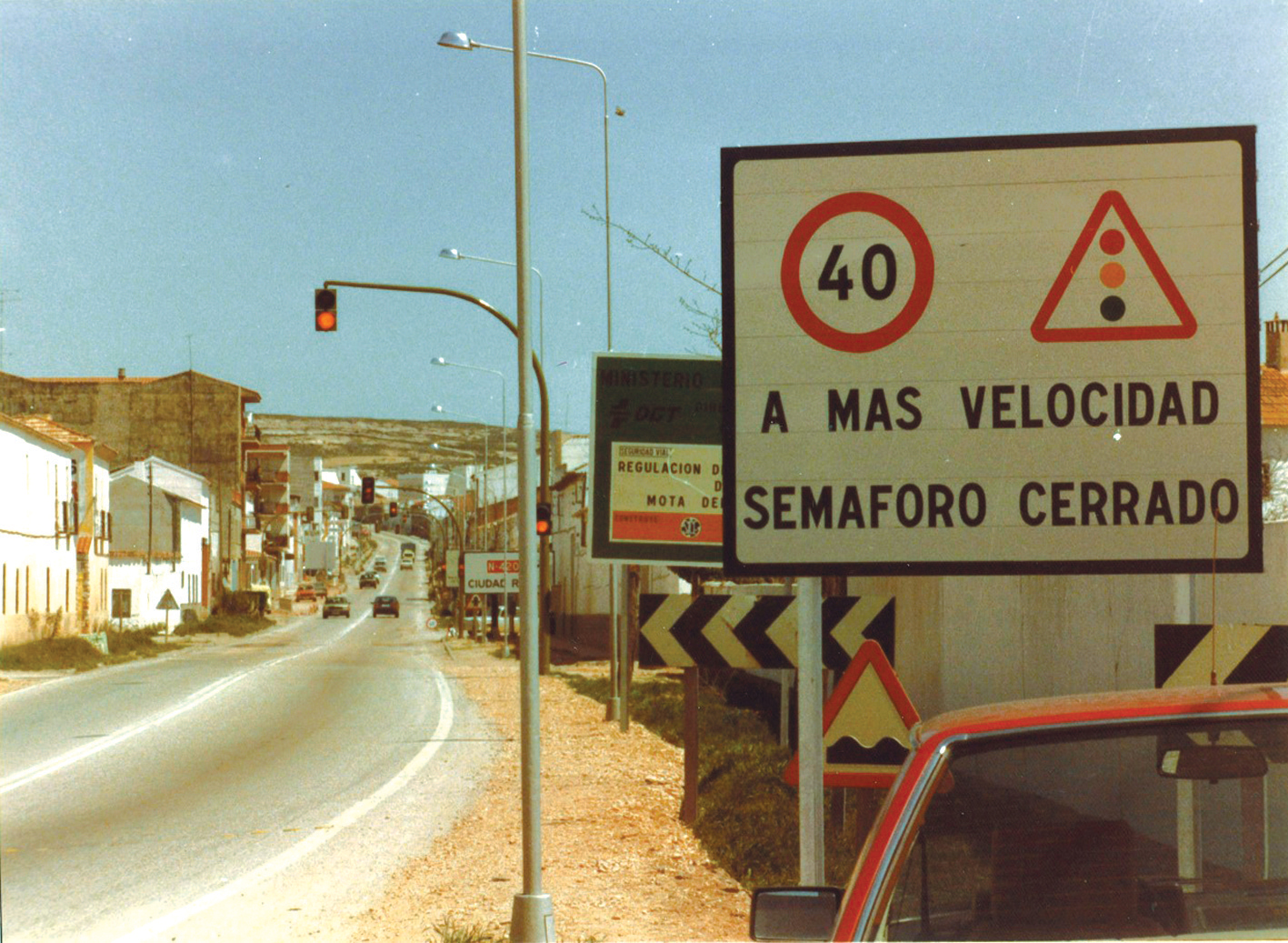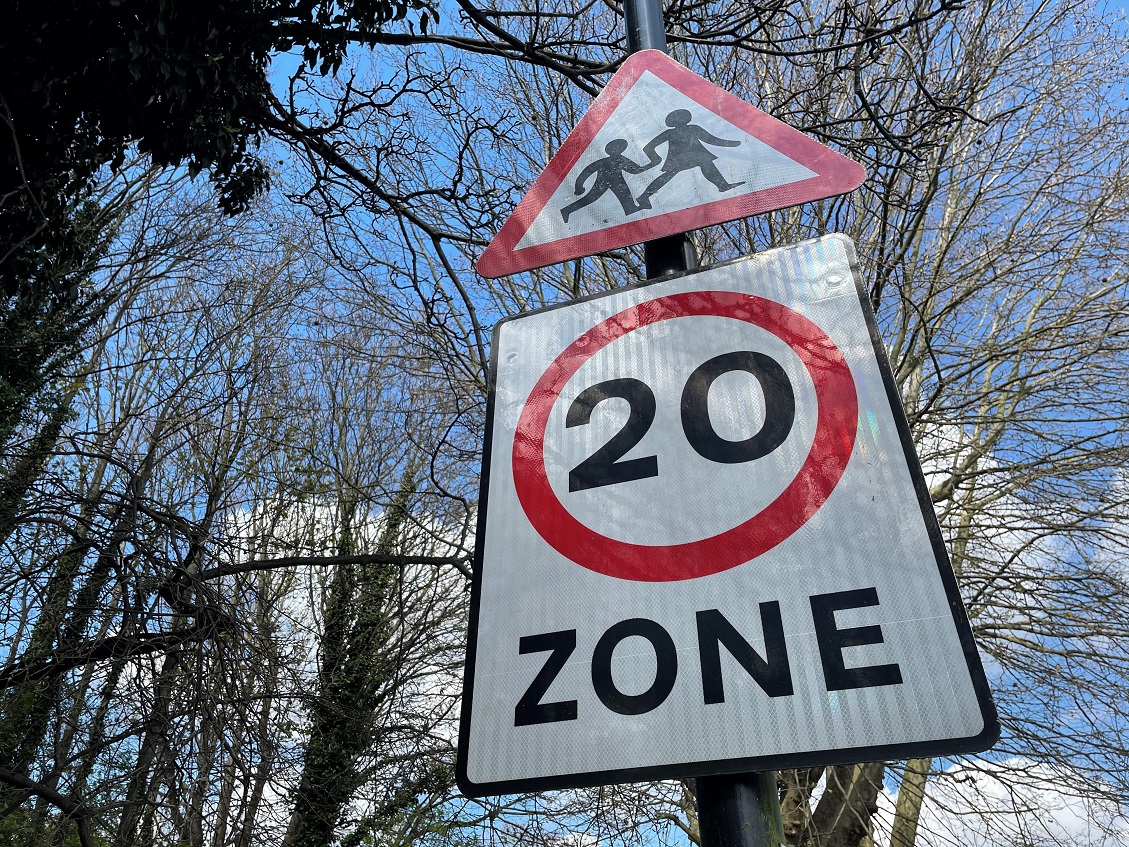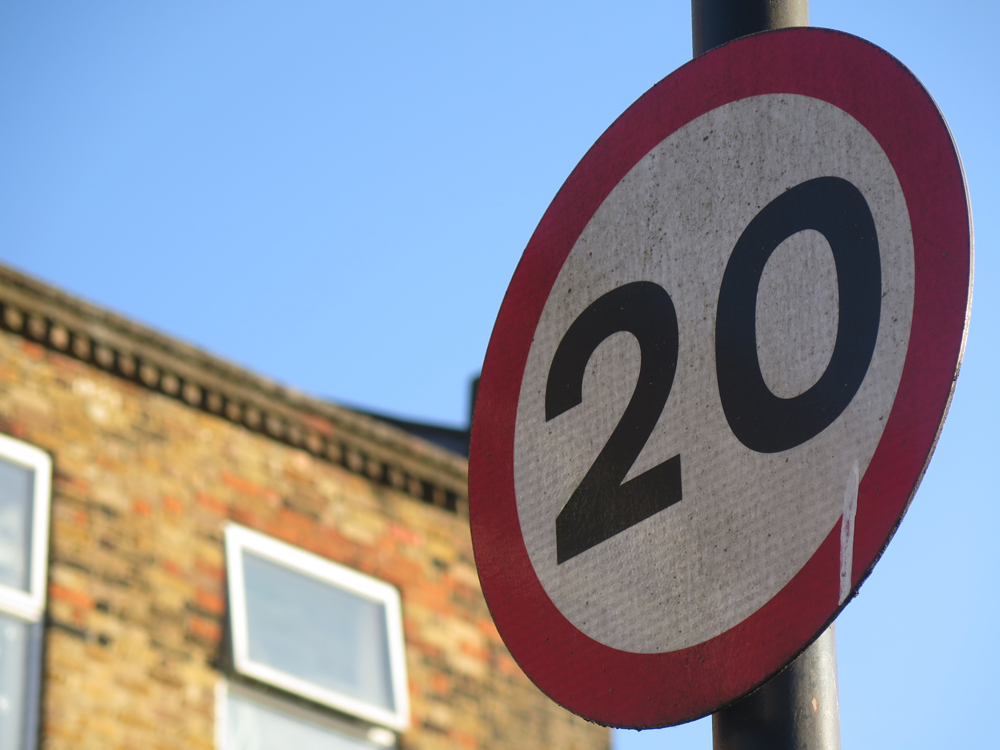
The UK is the latest European country to introduce ‘soft’ speed enforcement techniques, using existing traffic signal arrays that have been equipped to detect that an approaching vehicle is exceeding the speed limit and stop it in its tracks. The aim is to deter violations by offering drivers an incentive to behave rather than relaying on the fear of a penalty, with pilots currently under way in London and Swindon (an area in south-west England).
Such systems already have a pedigree on the Euro mainland. In Spain, electronic traffic control technology specialist SICE has been deploying them for the last 10 years, largely at the approaches to schools and in smaller towns, to reduce the risk of accidents to vulnerable road users when vehicles arriving at high speeds tend to conflict with pedestrians attempting to cross the street.
Calibrated for use for use at speeds of up 126km/h – with detection equipment located at safe distances - the technology it is designed to integrate with company’s ADIMOT (adaptive multi-algorithmic optimisation techniques) urban traffic control product.
When a vehicle reaches a loop detector, the system knows how long it should take, driving at or below the legal speed limit, to reach a predetermined point ahead of an upcoming traffic signal.
Once the vehicle exceeds the limit, the alerted signal flashes an intermittent amber for a fixed mimimum period (six seconds). If there are no following vehicles, the signal flashes three seconds of fixed amber and then returns to red, its resting state.
In The Netherlands, Peek Traffic is deploying a soft enforcement scheme at two intersections in the eastern city of Enschede. The adapted traffic signals are normally on standby red.
Soft speed control system
When a vehicle approaches, the controller switches the signal to green unless it has detected speeding; in which case, it maintains the red period to slow the vehicle down. (In Dutch, this is known as the ‘honey-vinegar principle’). The system is switched off outside rush hours.
(Peek Traffic is also providing the technology being used in Helmond, in the southern Netherlands, in the EU-supported Freilot (urban FREIght energy efficiency piLOT) project, to reward equipped heavy goods vehicles that observe urban speed limits with green lights. The primary aim is to save fuel – but the side effect is another form of soft speed enforcement).
In Sweden, a variation of the Peek Traffic soft speed control system allows prolongation of the green signal to avoid the risk of a braking vehicle being rear-end shunted. Detectors are located 90m and 20m upstream of the signal in 50 km/h zones, 130m and 30m upstream in 70 km/h zones. Denmark and Portugal also have schemes in operation.
In the UK, Swindon has researched this experience in developing its speed amelioration (SPAM) pilot. Working with consultants Halcrow, the service industry centre on the M4 motorway corridor west of London is installing its system at junctions on two roads, both of which have 40mph (64km/h) speed limits, bad accident records and enough space upstream of the junction to allow safe deployment. Speeding motorists will trigger the traffic signal at the junction to turn from green to red.
The system will be an integral part of the town’s new urban traffic control (UTC) system for traffic light management, with a new interface responding to a UTMC-compliant central system. For upstream vehicle speed detection (VSD), Swindon has chosen a low-power radar system developed by Nexus Alpha Low Power Systems, using the precedent of the radar speed warning signs with which the town is well equipped.
Red light compliance
The system incorporates data analysis and transmission capability, using GPRS, with prospects of eventual solar powering. Each site will also have a pair of ANPR cameras supplied by Vysionics, located at the detection point and signal. These have the dual purpose of picking up white-listed (ie emergency vehicles) for exemption from enforcement; and providing journey time data to indicate levels of congestion – to enable management of speeds to below the legal limit and system switch off.
An additional red light compliance (RLC) monitoring system, supplied by Pleydell Technology Consulting, will monitor the number of vehicles that continue through the junction when the traffic light is at red. Halcrow’s Stephen Alexander told ITS International: “Its purpose is to enable us to assess whether the introduction of this new technology is having any effect on the incidence of red light running. It will not be used for enforcement”.
Speed data recently collected for the two sites suggests that the signals are likely to operate on their usual phasing in the morning and evening peaks when vehicles are likely to be travelling well within the speed limit to avoid congestion. Swindon’s administration therefore thinks that the system is most likely to be effective at off-peak times when traffic volumes are lower and vehicle speeds tend to be higher.
The political significance of the initiative is that the town, together with its rural neighbour Wiltshire County and Wiltshire Police, were until October 2010 partners in a speed camera-based road safety partnership (see panel). The withdrawal of the cameras – the first such case in the UK – reflected cuts in central funding from the UK Department for Transport (DfT).
Enforcing speed limits
The UK Government introduced these partnerships in 1999 to bring together local highway authorities, the police and other public agencies in local multi-agency groups to enforce speed limit and red traffic light violations using modern camera technology. There are currently around 6,000 camera sites.
In April 2011, the UK Department for Transport issued a requirement for English highway authorities to publish site-by-site data on casualty, collision and speed information for permanent fixed camera sites from 1990. Of these, 75 have so far agreed to do so.
Initial results from six of the local areas indicate that speed cameras have had a mixed impact, with two respondents reporting increases in the numbers of collisions.
Restrictions on central funding have led to a new approach to funding partnerships, in the form of a National Driver Improvement Scheme. Under this, speed violators can opt to pay for refresher driving courses to avoid incurring penalty points on their licences.
This education as opposed to penalisation approach offers another form of soft speed enforcement. Wiltshire County is considering reinstalling speed cameras, but Swindon is emphatic that it will not. If successful, the alternative soft enforcement scheme could roll out across the town.
Meanwhile,
An initial trial, that ran for 18 months from December 2009, has concluded that there have as yet been no significant benefits or disbenefits for general traffic speeds or flows, or journey times - although bus flows have improved. TfL has now decided on a further 18-month further investigation of the patterns and trends experienced so far.
The trial forms part of a move to reduce local speed limits from the UK urban standard of 30mph (48km/h) to the 20mph (32km/h) alternative introduced by the Government to reduce accident levels in urban areas and near schools.
(In June 2011, the EU Committee on Transport and Tourism recommended this as the norm for all residential areas).
Hailed by TfL Managing Director of Surface Transport David Brown as “a really simple solution”, the scheme involves phasing a green wave-style sequence of three sets of existing traffic lights to encourage observance of the new speed limit. (Traffic lights are currently being rephased throughout the UK capital to improve their efficiency).
The eventual results will help inform decisions on the permanent installation of the system and the 20mph (32km/h) limit. (Studies by TfL indicate that these can reduce injury collisions by around 42 per cent).
Encouragement for further such schemes has emerged from new UK Government thinking on benefit/cost ratios in project appraisal, which has traditionally reflected the impact that, for example, the introduction of technologies that smooth traffic, and so reduce fuel consumption, can have on fiscal receipts from fuel taxes. In its New Approach To Appraisal (NATA) initiative, the Government has issued revised guidance which discounts fuel duty implications in assessing such schemes in terms of their value for money.









